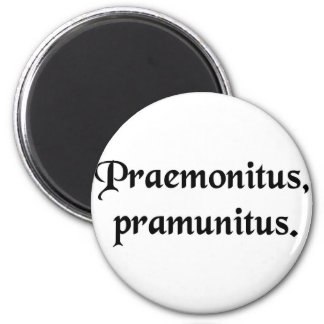 |
| Source |
Forewarned is forearmed. Investment in the stock market IS risky (compared to holding cash...) - and the risks are not always obvious. The DIY Income Investor portfolio is a case in point: it 'gambles' (not too strong a word) on the possibility that the market is over-pessimistic about certain securities (i.e. those with high yields).
But - as recent political and market events have shown - that is only the start of the process of dealing with risk. So how has the 'risky' DIY Income Investor portfolio weathered the storm?
The short (and perhaps surprising) answer is that the portfolio has surged to its highest value yet - although measured in the currency I buy my food (and most other things) in: Sterling, which has effectively devalued.
Any readers who were following this blog a couple of years ago will know that I recognised a structual weakness in the portfolio - it was excessively UK-oriented. This was a natural consequence of being a UK investor - the first things you look at are the FTSE 100, the FTSE 250 and UK fixed-interest securities.
Now the FTSE 100 is a pretty cosmopolitan collection of companies, so one might be forgiven for not thinking international diversification was necessary. But the portfolio also has a large fixed-income component, which was wholly UK-oriented.
My search for geographic diversification led me to high-yield Exchange Traded Funds (ETFs) - the easiest way to gain an overseas exposure. Not only are the ETFs diversified individually but I was able to find dividend-oriented and fixed-income ETFs for most regions of the world - with reasonably attractive yields (still my main investment signal). I was therefore able to assemble a posse of ETFs that spread my portfolio around the world. Nearly half of the portfolio is now in ETFs.
The downside to ETFs, I discovered, was that they do not behave in the same way as individual securities. Typically, I would buy a single high-yield dividend share and within a year or two the price would rise to a point where I could sell it with a 30-40% capital gain. Not so with ETFs: because they are a large bundle of securities, the price/yield signal is muffled. Yes, I have sold some ETFs, but only because the yield has dropped below my acceptable 'cost of money' floor. I suspected that overall portfolio returns had suffered as a consequence and I put the strategy on 'hold'.
However, the main benefit of holding ETFs has proved to be the currency diversification they have provided. Nearly all of the foreign ETFs have shown significant recent gains, when measured in Sterling - enough to counteract the impact of Brexit on the other portfolio holdings.
The moral of the story? Consider your risks and take steps to mitigate them - by avoiding the risks (if possible) or through diversification.
I am not a financial adviser and the information provided does not constitute financial advice. You should always do your own research on top of what you learn here to ensure that it's right for your specific circumstances.
There's a (reasonably) good article here about how to use the opportunity of a weak pound to invest in ETFs:
ReplyDeletehttp://www.morningstar.co.uk/uk/news/151254/etf-investors-seek-out-profits-from-weak-sterling.aspx